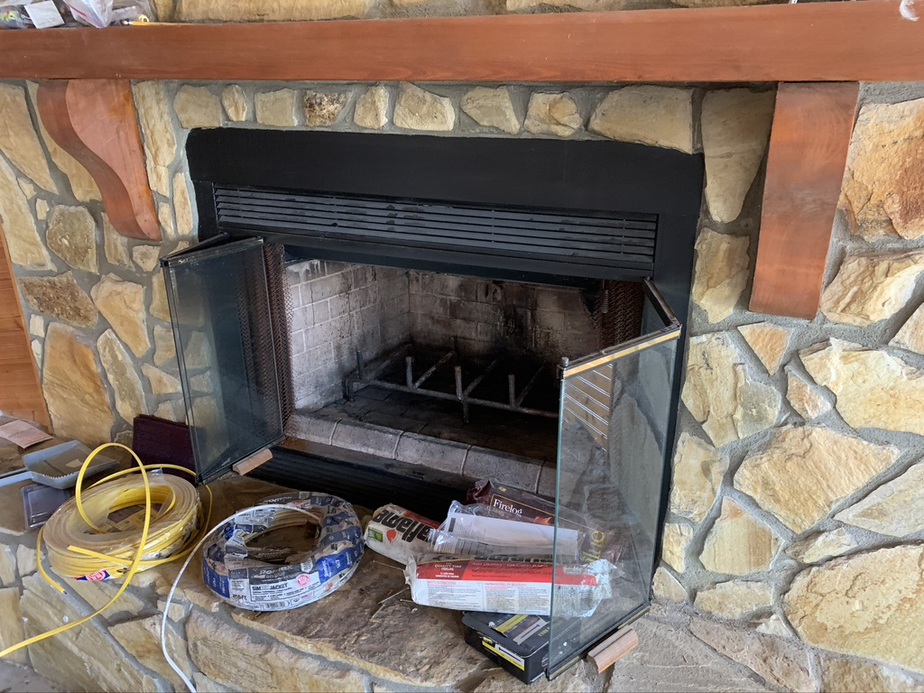The chimney is one noticeable aspect of the home that is continually helpless to the fluctuating climate. As the constantly changing climate moves through the seasons, the preparing sun, rising stickiness, driving precipitation, and profound freeze of the outside components can negatively affect the brickwork, and keeping in mind that although bricks are a normally strong structure material, they can in any case take on a lot of wear and tear. One preventative measure for damage of dampness and water is a block sealant. So, what type of sealant should you use?
Sealants are a kind of substance used to impede liquids from entering the material it is on. As far as chimneys, these sealants are normally sorted out into one of two camps – that of polyurethane or silicone. Not all sealants are made the equivalent and to figure out which is the best for your chimney, we first need to go over the two substances in detail.
Silicone is best at drying rapidly. Polyurethane stays wet for as long as 24 hours after the silicone has dried. Silicone is not suggested in high rush hour gridlock zones, as it does not hold up to abrasion as well as polyurethane. Silicone works best on metal, glass, and tile, while Polyurethane functions admirably on common items, for example, wood, since it dries hard. The hard drying makes Polyurethane harder to apply as it solidifies when out of the cylinder, while Silicone is a lot simpler to apply and fixes milder. Silicone is the better sealant for colder temperatures, the cold does not influence the application and will stay adaptable. Polyurethane, dries speedier, and turns out to be considerably harder to apply in colder temperatures and does not make a perpetual bond when cold.
The favorable circumstances and burdens of the two substances fall back to its fundamental compound parts. The natural idea of polyurethane implies that it’s defenseless to separate after some time as UV radiation.
Silicone, then again, does not need to stress over this since it’s generally inorganic – implying that dissimilar to polyurethane there is no draw to return to its regular state. This outcomes in polyurethane having a life expectancy upwards to 10 years, while silicone can undoubtedly twofold this or more.
This distinction in life expectancy is regularly reflected in the guarantee offered by the maker – polyurethane organizations normally just require a 5-year guarantee while silicone is more like a 20-year guarantee.
So just to recap on the information above:
Silicone Sealant
- Cures rapidly.
- Cures to a delicate completion.
- Not useful for high traffic territories.
- Does not hold up to abrasion well.
- Works best on metal, glass, and tile.
- Can be utilized in any temperature, functions admirably in chilly temperatures.
- 20+ year life expectancy.
Polyurethane Sealant
- Takes over 24 hours to completely dry.
- Cures to a hard completion.
- Does well in high rush hour gridlock territories.
- Holds up well to abrasion.
- Works best on wood.
- Difficult to apply in cooler temperatures and does not make a perpetual bond when cold.
- 5 long term life expectancy.


Recent Comments